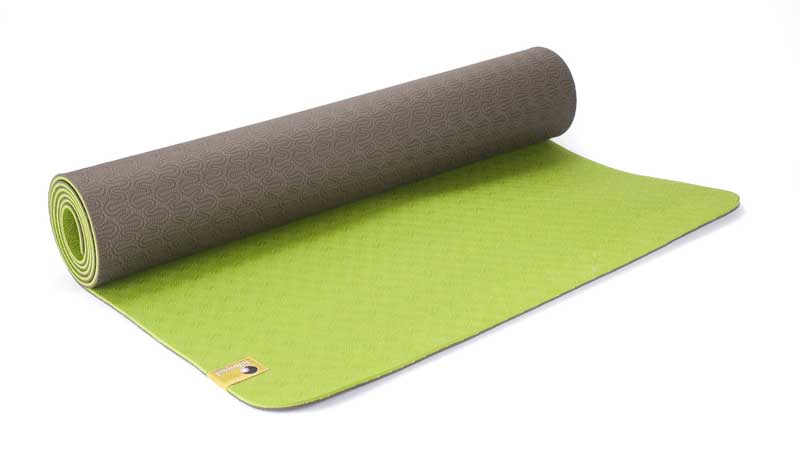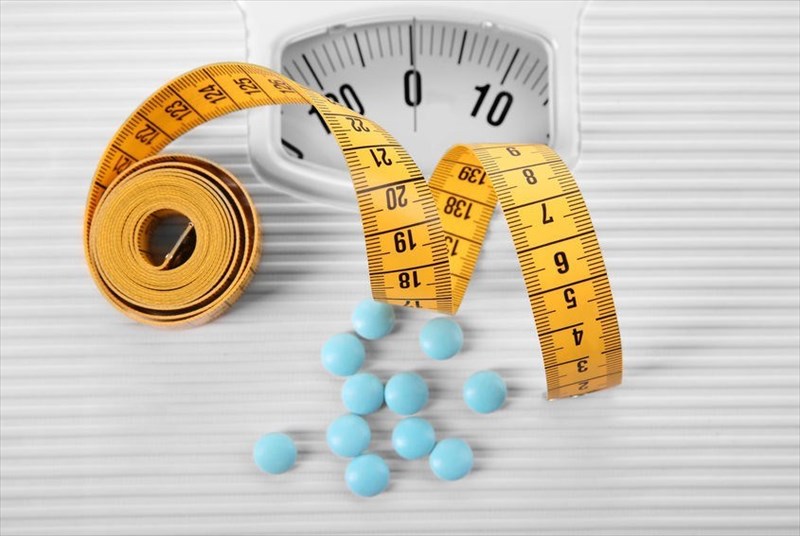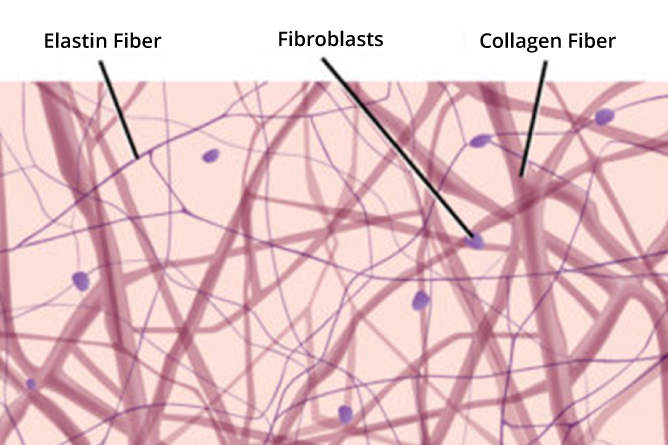
Are you eating a food that contains a chemical that is also found in yoga mats?
Subway recently announced that they will be removing a chemical from the bread they serve in their restaurants. The chemical is azodicarbonamide and it’s also found in yoga mats and rubber products leaving many people to describe eating Subway bread is comparable to eating a yoga mat.Clearly, this is an exaggerated comparison aimed to grab the public’s attention. However, it does bring up the question of why is a chemical that is used in rubber products also used in bread? A Subway rep would probably tell you that azodicarbonamide is used to improve elasticity in bread products aka the chemical improves the quality of their bread. This is not a convincing explanation though since many people, at some point in their lives, have consumed homemade bread made without azodicarbonamide and have not noticed a difference.The question is, is it safe to digest a chemical that is found in rubber materials? According to European countries, the answer to that question is no. It has been banned from Europe due to risk of causing cancer.Currently, azodicarbonamide is a USDA and FDA approved food additive, however, the Center for Science in the Public Interest (CSPI) (as well as New York Senator Chuck Schumer) are wanting azodicarbonamide banned for good.Sadly, Subway is not the only restaurant using azodicarbonamide in their food. Here is a list of other fast food chains serving this questionable ingredient:
- McDonald’s uses it in its regular bun, bakery-style bun, Big Mac bun, sesame seed bun, bagel, and English muffin.
- Chick-fil-A puts it in the bread used for its chargrilled chicken sandwich, chicken salad sandwich, and chargrilled chicken club sandwich.
- Burger King adds it to its specialty buns, artisan-style bun, sesame seed bun, croissant, English muffin, French toast sticks, and homestyle Caesar croutons.
- Dunkin’ Donuts puts it in danishes, croissants, and Texas Toast. But maybe it’ll stop. The chain told CNBC, “We are evaluating the use of the ingredient as a dough conditioner in our products and currently discussing the matter with our suppliers.”
- Wendy’s puts it in bagels, premium toasted buns, sandwich buns, and panini bread.
- Arby’s uses it in the sesame seed bun, onion bread, mini bun, marble rye bread, honey wheat bread, harvest wheat bun, croissant, and French toast sticks.
- Jack in the Box makes its regular bun, bakery-style bun, jumbo bun, grilled sourdough bread, and croissant with azodicarbonamide.
- Carl’s Jr. uses it in the plain bun, sesame seed bun, honey wheat bun, sourdough bread, croissant, and French Toast Dips.
- Hardee’s adds it to its sourdough bread, hot dog bun, seeded bun, wheat bun, and croissant.
- White Castle adds it to its sandwich buns, French Toast Sticks, Cloverhill Cheese Danish, Cloverhill Big Texas Cinnamon Danish, and Awrey Grande Cinnamon Swirl.
The discovery of azodicarbonamide in several restaurant foods is a perfect example of why Heal n Cure recommends all of our patients avoid heavily processed foods. The fact of the matter is there are too many poorly studied food additives allowed in our food system that have the potential to negatively impact our health. The only way to guarantee avoidance of these potentially dangerous food additives is to eat as much whole, fresh food as possible.
If you or someone you know needs help navigating the world of healthy eating, book a free consultation with our lifestyle educator to learn how Heal n Cure can help you.
Reference: foodmatters.com
What do you think?
Do you think the US should ban this additive from our food?


